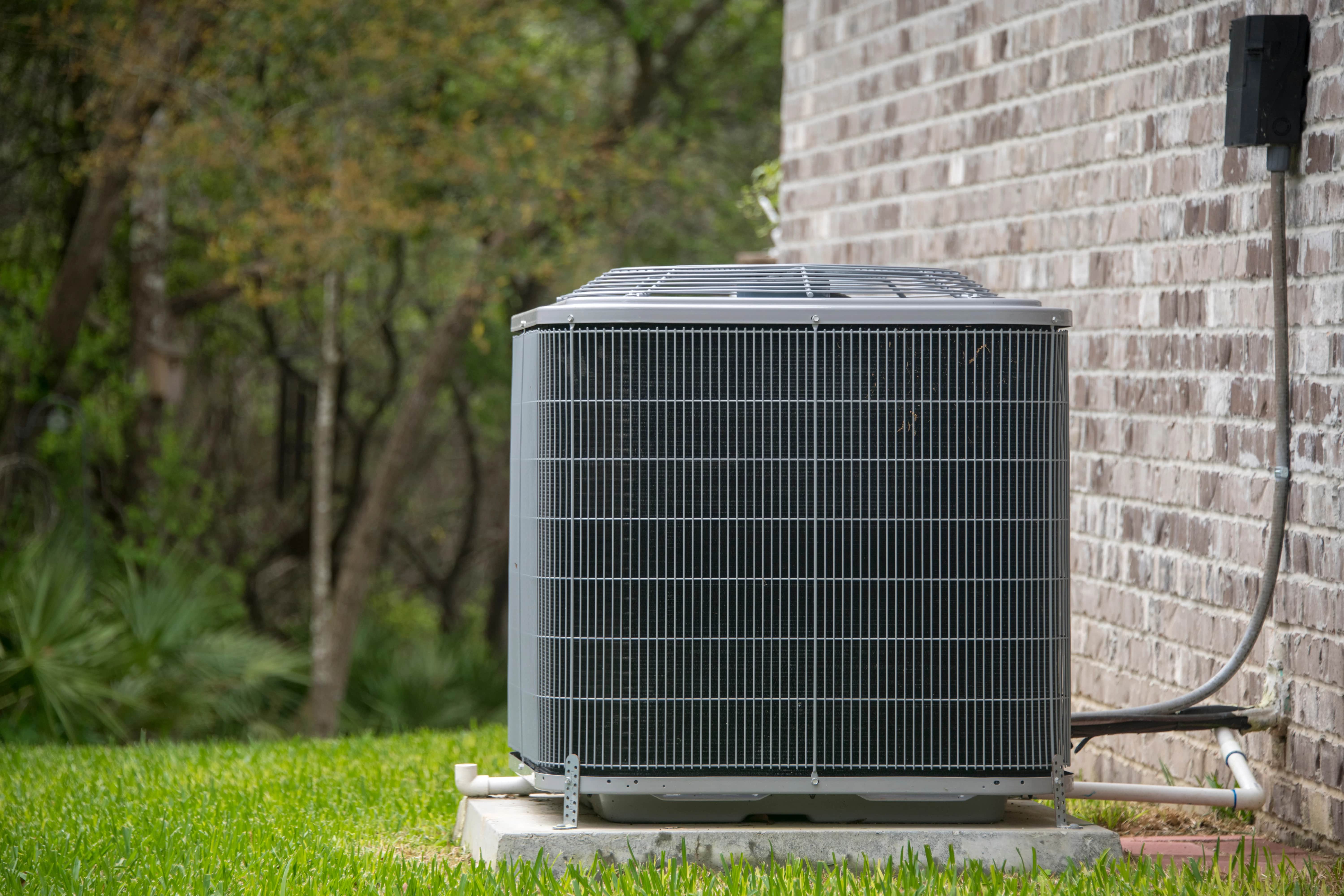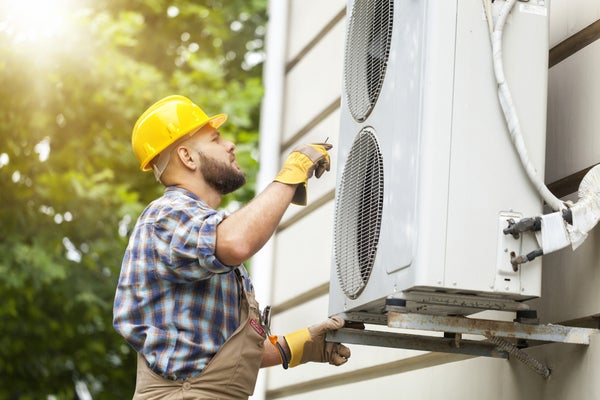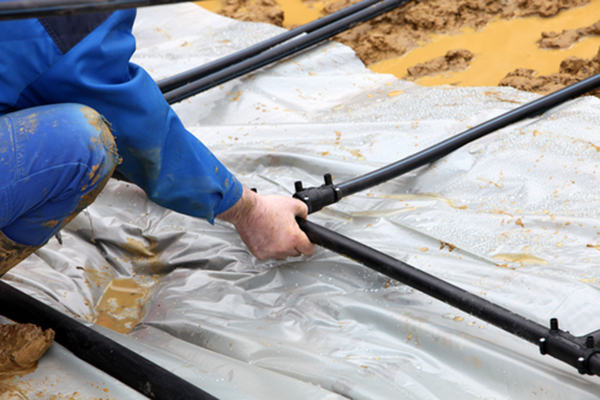Follow these air conditioner tune-up tips to ensure that your AC is ready to go on that first hot day of the year. Routine AC maintenance can also help prevent larger issues and save you from having to spend money on expensive air conditioner repairs
How often Should You Get Your AC Serviced?
Experts suggest that you should have your air conditioner serviced in the spring and your heating unit serviced in the fall. However, it’s still a good idea to do some regular HVAC maintenance throughout the year.
DIY Home Air Conditioning Servicing
Luckily, you don't always need to call in a professional. There are a few things you can DIY that will make a big difference.
1. Change the air filter.
Changing the air filter is one of the most important and easiest ways to maintain your unit—whether it’s a central HVAC system or a ductless air conditioner. Thankfully, you don’t need a professional for this quick and easy air conditioning maintenance task. Simply locate your unit’s filter slot, slide out the old filter, and insert the new one, taking note of the direction of the airflow and which side of the filter needs to face out. Be sure to refer to the manufacturer’s instructions for the correct filter size and steps for properly replacing the filter.
Wondering which type to buy and how often to change the air filter? Filters come in different “strengths,” depending on how filtered you want the air to be in your home. And generally, you should replace the air filter about every three months.
However, if you have pets, you may consider replacing the filter every month as well as purchasing a filter with a higher rating—the higher the number, the more it filters the air. The same rule applies if you have family members that may be sensitive to dust and other allergens.
2. Do some spring cleaning.
The new filter is in, so it’s time to check a few more items off your DIY AC maintenance list. First, make sure all the indoor vents are clean. Next, pour a cup of bleach mixed with water down the drain of the outside unit to prevent mold and algae buildup. Then, follow these steps:
- Ensure the unit is on a level surface
- Remove any debris, such as leaves, pollen, or twigs that could clog it up or make it difficult to service
- Create at least two feet of clearance around it
- Check to make sure you have the proper amount of high-quality insulation around the refrigerant line
Note: For safety reasons, do not attempt to open the outside unit while performing any of the steps above. If you can’t get it clean without taking it apart, call a professional to do the dirty work.





